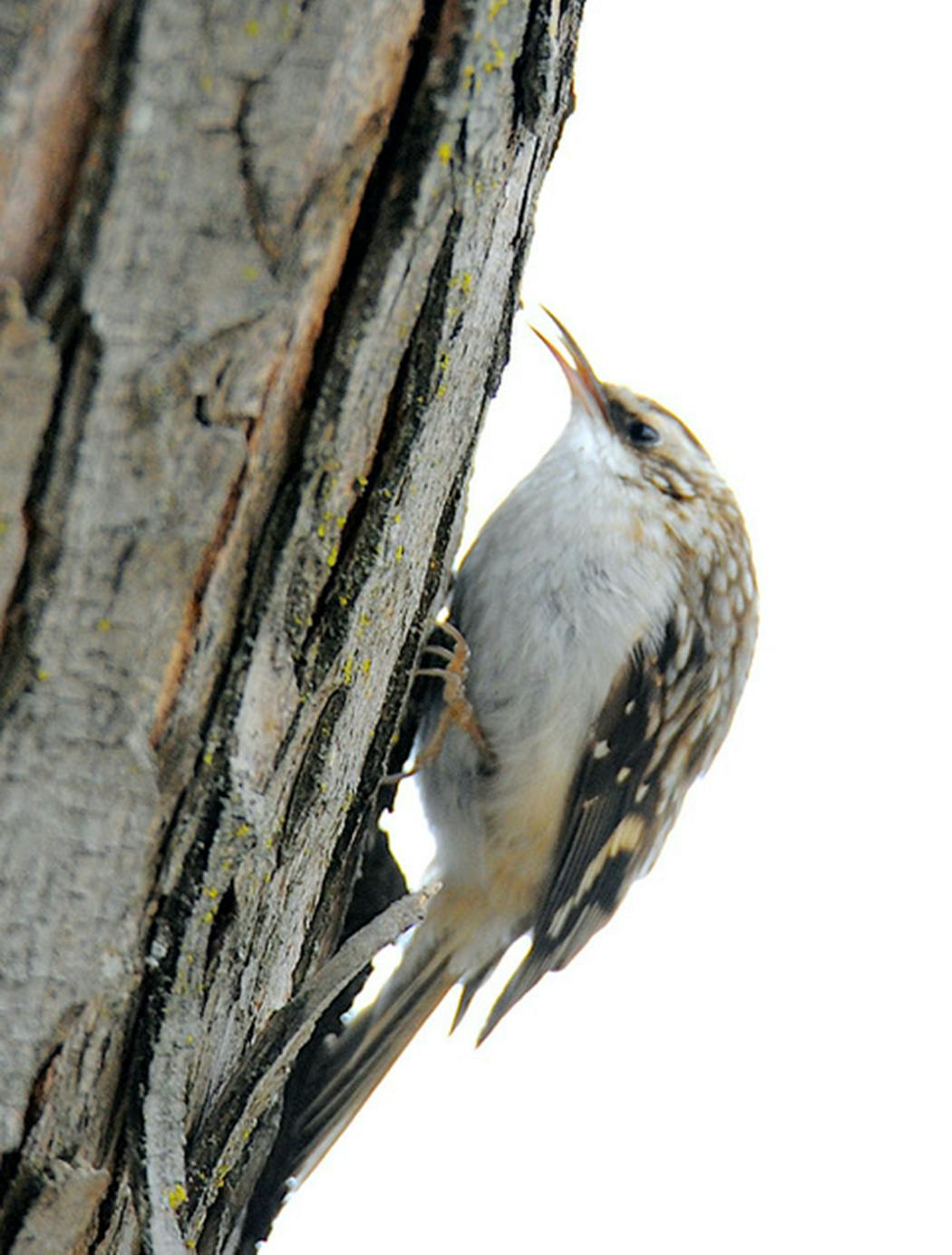As scarce as hen's teeth? Well, that depends.
Researchers in Wisconsin discovered some years ago while working with a chicken embryo for another study that the bird had rudimentary teeth. They resembled an early stage of crocodile teeth.
The embryo was a mutant, not destined to live. There is no worry about raging flocks of chickens with sharp teeth, seeking revenge.
Another study found that changing a few molecules in the genetic pathway of a normally developing chicken could induce tooth growth.
Those, too, were mutant embryos destined for an undeveloped life. The rudimentary teeth resembled those of reptiles at the same stage of development.
The mutation of the chicks allowed the teeth, lost 60 million years ago, to begin to appear again.
Birds have a long-dormant inactive tooth gene, a hangover from days when reptilians ruled, a history shared with crocodiles.
The dormant tooth gene is now used to make feathers, according to a 2015 article in the journal "Molecular Biology and Evolution." That study showed that all dinosaurs had the genes required to make feathers. Some dinosaurs used the genes, growing feathers.
Remember the velociraptors from the movie Jurassic Park? Long legs, big teeth, fast and smart. Oviraptors are in the same genus as velociraptors, a group of dinosaurs closely related to birds.
Oviraptors (Late Cretaceous period) had a few teeth but also the beginnings of a beak. This hints that oviraptors were in the process of shifting their food preferences to a more plant-friendly diet, scientists say.
Research tells us that as the beak developed, the teeth didn't. Keratin (fingernails), the bill-building material, first appeared at the end of the bill, eventually covering it completely.
The appearance of a developing bill in an unhatched bird appears to inhibit formation of teeth, according to researchers.
A study from the University of Wisconsin tells us that birds genetically retain dental potential. But for the moment at least, in place of teeth is the bill, avian equivalent of a Swiss Army knife.
The bird bill (the beak or technically the jaw) comes in many sizes, forms and colors, serving many purposes. Bird bills evolved many times to accommodate specialized diets, according to a paper published in the Proceedings of the Natural Academy of Sciences.
I have written that birds lost their teeth millions of years ago to lighten and balance the flight load. Then I read this quote from paleontologist Stephen Brusatte: "Yeah, maybe, but definitely the loss of teeth did not coincide with the evolution of flight, because there were a lot of birds that could fly which had teeth."
Eagles, hawks, osprey, kites and owls have sharp, hooked bills, good for tearing. Sparrows have bills suited for small seeds. Grosbeak bills are larger to accommodate corresponding food items.
Warblers have sharply pointed bills, acting as insect tweezers. Hummingbirds' long bills put their tongues in the sweet hearts of flowers. Woodpecker bills chisel and hammer.
Shorebirds' bills probe for prey. Bill length defines the foraging water depth. Some of those bills, like those of woodcock, have sensitive ends that can precisely locate prey down in the mud.
Osprey, herons and species of waterfowl that eat fish and other aquatic creatures have bills with toothed edges to enhance grip. If it can be eaten, birds have found a way.
Where can you find birds? Where their tools are best suited for use.
Lifelong birder Jim Williams can be reached at woodduck38@gmail.com.
Bird background
Birds descend from a class of reptiles with teeth, known as Arcosaurs. The closest living relative of birds in that lineage are the crocodilians, the American alligator being one, the one you see in Florida.
Wild flamingos in U.S.
The American flamingo is one of the largest species of flamingo. In very limited numbers it can be found in extreme southern Florida, shoreline within Everglades National Park. It mostly is found in the Caribbean and along the northern coast of South America, in flocks that sometimes number in the thousands. Identification of a flamingo isn't difficult, but distinguishing the American species from occasional strays of other flamingo species, particularly birds that have escaped from zoos or other displays, is downright tough. Birders who go into the park to look often report that the mosquitoes are even worse.
Singing, ceremonies and straw hats: Olympics opening ceremony in Tahiti centers Polynesian culture

Three 101-year-old friends recall fond memories in 1940s Alexandria
Celine Dion makes musical comeback at Paris Olympics with Eiffel Tower serenade




